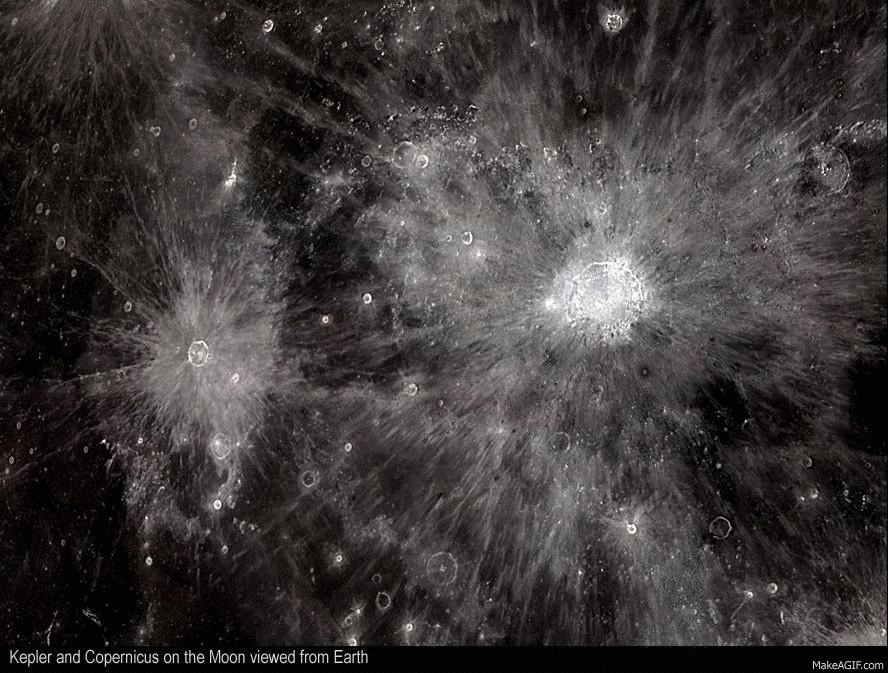Difference between revisions of "December 7, 2012"
| Line 13: | Line 13: | ||
<br /> | <br /> | ||
<hr /> | <hr /> | ||
| + | <!-- Removed reference to store page --> | ||
| + | </div> | ||
| + | ---- | ||
| + | ===COMMENTS?=== | ||
| + | Register, and click on the <b>Discussion</b> tab at the top of the page. | ||
| + | <hr> | ||
| + | You can support LPOD when you buy any book from Amazon thru [[Support_ LPOD|LPOD]]! | ||
| + | <span style="font-size:88%"> | ||
| + | <center> | ||
| + | Contributions to http://www2.lpod.org/ are licensed under a Creative Commons Attribution No-Derivative-Works Non-Commercial 3.0 License. [http://www.creativecommons.org/licenses/by-nc-nd/3.0 http://www.wikispaces.com/i/creativecommons/by-nc-nd_3.0_80x15.png]<br> | ||
| + | </center> | ||
| + | </span> | ||
Revision as of 20:16, 31 January 2015
Spider Webs

images from Maximilian Teodorescu, Dumitrana (Ilfov), Romania, and NASA
Centers of brightness and radiating linears characterize these two views from space. Kepler and Copericus are actually 10 times further apart than Washington, DC and Baltimore, MD, but their patterns are similar. In each case there are concentrations of energy with transfer of materials to outlying areas. In the 1500s some geographers thought the Moon reflected the surface of the Earth. Perhaps humans look to the Moon for city design.
Chuck Wood
Technical Details
October 2, 2012 at 22:45 U.T. with an C 11 working at F/10 and DBK 41 AU02.AS camera with IR-pass filter (685nm).
COMMENTS?
Register, and click on the Discussion tab at the top of the page.
You can support LPOD when you buy any book from Amazon thru LPOD!
Contributions to http://www2.lpod.org/ are licensed under a Creative Commons Attribution No-Derivative-Works Non-Commercial 3.0 License. 



